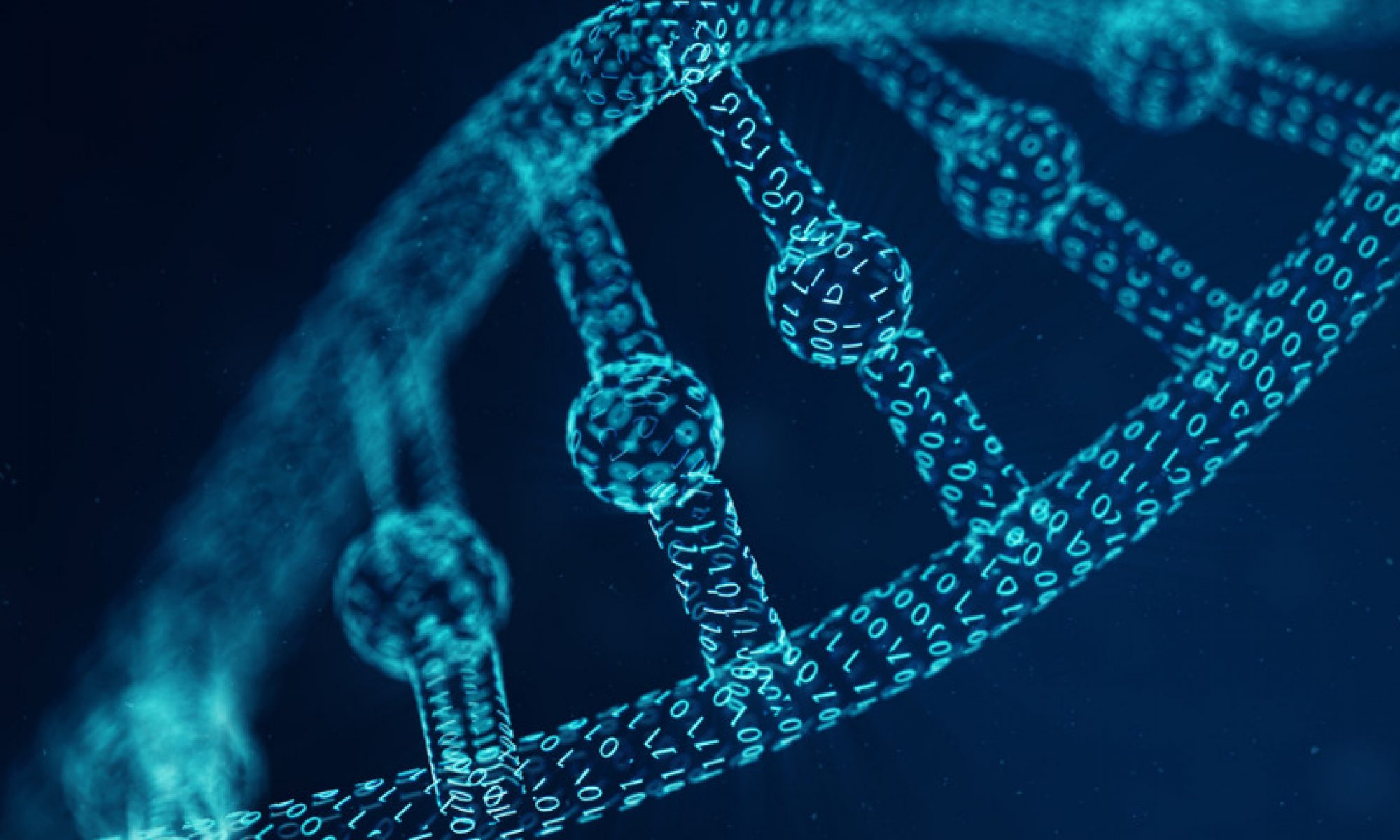
Prof Catherine Mooney
Professor, UCD School of Computer Science
Catherine leads the Life Science Data Analytics Group (LISDA) at UCD. There, she and her team are working on problems including how to develop machine learning-based clinical decision support systems (CDSS) which will aid clinicians in providing better care for their patients.
Prior to joining UCD Catherine was a Research Fellow in the Physiology and Medical Physics Department of The Royal College of Surgeons in Ireland, specialising in bioinformatics and computational biology. After completing her PhD in Computer Science at UCD she completed a four-year post-doc in clinical bioinformatics in the School of Medicine and Medical Science, at UCD.
Catherine is active in the role of empowering women in computing and has authored several papers on the issue of underrepresentation in computing. She is on the executive committees of Women in Technology and Science (WITS) and UCD Women@STEM and is the founding chair of Women@CompSci, and Treasurer of the Hibernia ACM-W Chapter and the Ireland ACM SIGCSE Chapter.
Research Fellow – Centre for the Study of Neurological Disorders, Physiology & Medical Physics Dept, Royal College of Surgeons in Ireland (May 2014 – October 2016)
The Centre for the Study of Neurological Disorders is the only centre in Ireland devoted to the study of acute and chronic neurological disorders, including epilepsy. Epilepsy is characterized by a predisposition to recurring seizures; uncontrolled bursts of electrical activity in the brain. It is highly disabling and affects 1 in 100 people in Ireland. Our group is engaged in efforts to understand the effects of seizures on the brain and in particular, learning about the cell and molecular mechanisms responsible for epilepsy and identifying ways to protect the brain. Specifically, my work involves the analysis and integration of microRNA expression datasets derived from profiling microRNAs in the brains and biofluids of patients with epilepsy and experimental models, in order to identify biomarkers, targets and pathways.
MircoRNA Biomarkers of Neonatal Seizures
Seizures are more common in the neonatal period (from birth until the end of the first month) than at any other time of life. Seizures in neonates are linked to poor neurological outcomes including cerebral palsy, lowered IQ and later-life epilepsy. Currently available clinical markers do not identify which babies are at risk of seizures and do not help in their detection. The only method available for the accurate prediction and detection of neonatal seizures is continuous EEG monitoring. Unfortunately, this type of monitoring is only feasible in specialist centres. A simple low-cost lab-on-a-chip (LOC) or point of care (POC) device, which could predict and detect seizures in babies, is urgently needed. MicroRNA (miRNA) are a unique class of small (~22nt) endogenous non-coding RNA that regulate gene expression at a post-transcriptional level. In addition to their myriad contributions to normal cell physiology and disease, miRNAs have recently emerged as a promising class of biomarker. Some are present in biofluids such as blood under normal conditions, and injury to the brain, including seizures, result in unique profiles. We have umbilical blood samples from babies with hypoxic ischaemic encephalopathy (HIE), the most common cause of seizures in full-term babies and samples from babies before and after neonatal seizures. We also have miRNA profiles in blood that have been obtained using dual platforms (high-throughput OpenArray QuantStudio PCR and small RNAseq). Many challenges are associated with the analysis of such data, including high dimensionality and complexity, non-normal data distributions, as well as noise and high false discovery rates. Typically, a small number of miRNA showing the largest fold change in expression are selected for further investigation, often in isolation. This does not allow for the investigation of more subtle changes of expression of multiple miRNAs within the dataset. The focus of the present application is to use data mining and novel predictive analytics algorithms, including machine learning, to identify biofluid miRNAs as biomarkers of neonatal seizures. We propose that, as well as performing the standard bioinformatics techniques for biomarker discovery, we will develop algorithms which will provide for the simultaneous analysis of the complete set of present miRNAs in a sample. Biomarkers discovered in this way have the potential for greater specificity and sensitivity. Following the identification and validation of the discovered biomarkers, we will develop, in collaboration with our industry partners, a low-cost LOC/POC device for use in all maternity hospitals.
Senior Postdoctoral Research Fellow – Centre for Radiation and Environmental Science, Dublin Institute of Technology (August 2013 – May 2014)
Developing data mining algorithms for hyperspectral imaging data with oncological applications.
Postdoctoral Research Fellow – School Of Medicine & Medical Science, University College Dublin (August 2009 – July 2013)
Sequencing of the human genome gives us a set of protein sequences. Many of these proteins represent useful drug targets. However, simply knocking out or over-activating the primary enzymatic or signal transduction activity of such targets may not yield the most appropriate clinical response. For this reason, the pharmaceutical industry is increasingly focusing on targeting protein-protein interactions involved in more subtly modifying signalling in cells. There is strong evidence (www.elm.eu.org) that some short regions of proteins (<10 amino acids) have independent function, often involved in mediating transient protein interactions. These are attractive starting points for modulating protein interactions, since the interface between proteins is often relatively small, making it easier to modulate. We develop bioinformatic methods to systematically survey and identify short peptides and motifs of most interest from human and pathogen proteins. With collaborators, we experimentally validate which of these are likely to be bioactive peptides. Such peptides/peptidomimetics may then be used to tease apart signalling pathways important in health and disease, and ultimately may themselves be lead therapeutics to target aspects of pathways.
PhD – School of Computer Science and Informatics, University College Dublin
Automated Prediction of Structural Properties of Proteins by Recursive Neural Networks and Remote Homology Information
Supervisor: Dr Gianluca Pollastri
I developed novel methods of protein structural property prediction using templates generated by searching for remote homologues using a structural alignment algorithm. I showed that providing more accurate templates for more proteins leads to an increase in protein structure prediction accuracy and moves many proteins out of the ab initio prediction category into the comparative modelling category.
